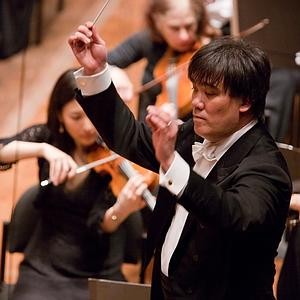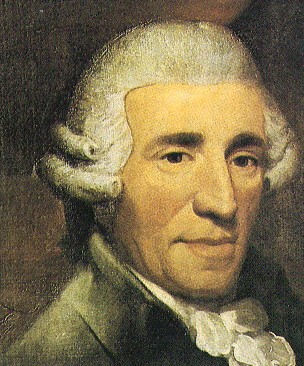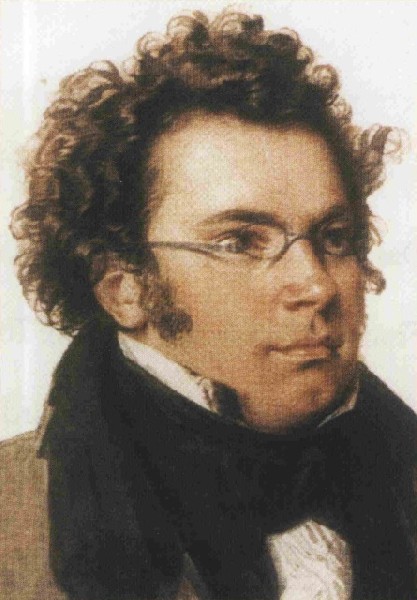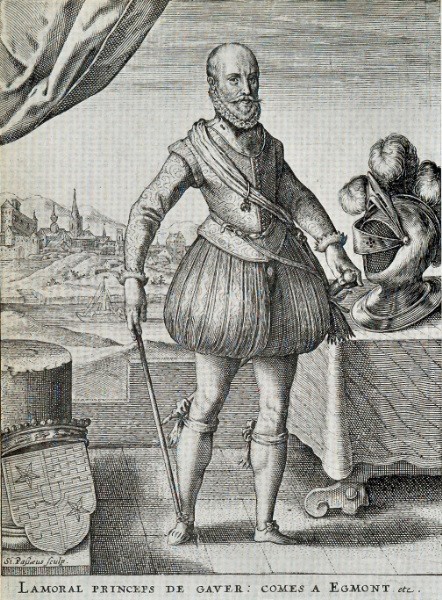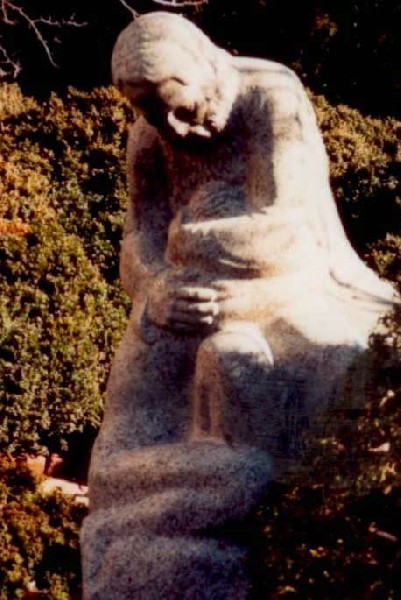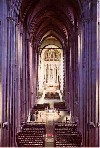New York Philharmonic at St. John the Divine
Alan Gilbert Conducts Annual Memorial Day Concert
By: Susan Hall - Jun 02, 2010
Alan Glibert Conductor
New York Philharmonic
St. John the Divine
Copland, Fanfare for the Common Man
Haydn, Symphony No. 49, La Passione
Schubert, in B Minor, The Unfinished
Beethoven, Overture to Egmont, Opus 84
Annual Memorial Day Concert, May 31, 2010
Aaron Copland's Fanfare for the Common Man was not made to last, and yet it did, not only as fanfare for the breaking ground at Lincoln Center, the New York Philharmonic's home, but also as part of Copland’s Third Symphony. Unexpected music sometimes lasts and so do musicians. The Philharmonic has been around they like to remind us for over 15,000 performances.
Memorial Day is the occasion of the Philharmonic’s annual free concert at the Cathedral of St. John the Divine on New York's upper west side. For bean counters, this was concert 15,017.
On Memorial Day the Orchestra arrived from three days of triumphant performances of the improbable Grygory Ligeti opera to come to church, as one staff member remarked. Penance? Unlikely. Even if the prodigal Orchestra were coming home to Haydn, Schubert and Beethoven, which they did, it would be in the spirit of the great sculpture, which is placed in the Cathedral’s gardens. The prodigal has returned and is welcome with open arms, because he has done what the Bible enjoins people to do -- to leave, to roam the world, to produce Ligeti's Grand Macabre and then to return. The problem is often simply that those who stay home behaving ‘properly’ are jealous.
The Copland is perfect music for the Philharmonic’s brass section on whom inordinate demands were made during the Ligeti. Now taking up their instruments to honor the dead, they honor, as Copland said, “…the common man…who was doing all the dirty work in the war and the army.”
The brass sounded fresh and clear in the gardens around the Cathedral where young people sat on blankets with their picnic suppers. That wine one character from the Ligeti opera recommended as the sine qua non of coping well was liberally sipped.
The Haydn 49 is called La Passione and some speculate Haydn had gone through a particularly intense emotional period. Conductor Gilbert sides with those who think it was written for liturgical purposes, actually a reference to Holy Week. In the work are plainchants, which well may be part of the liturgy. The setting drew forth a passionate performance.
Gilbert has only Haydn on his list for a desert island, partly because he wrote 104 symphonies of such infinite variety. The acoustics of the Cathedral make particularly the strings mushy, but you get the gist of the piece, the wild swings which permit some to call it 'sturm and drung." Wide leaps and frenzied tremolos, syncopations, and the fast walking bass set in the minor mode characterize ‘storm and stress.’
Schubert followed, his Unfinished. This amused because Ligtei's composing style was predicated on non-endings, on fading offs, and chords unresolved. Schubert's symphony sat in a drawer for forty years, and only came to into the light of day and concert halls after his death. What this meant is not easily discerned, because Schubert often did not finish pieces. It seems unlikely that he intended this to be a two-movement symphony. He actually started a third movement, a scherzo, on the backside of the second movement. It is reported to be rather pedestrian and for this reason some think Schubert may have dropped the work. The firs two movements are, however, a milestone in romantic literature and show harmonic daring.
The program concluded with Beethoven's Egmont Overture. The composer had always wanted to write opera, and chose the Egmont story to set. He worshipped Goethe, whose story was his inspiration. When the work was complete he sent it to Goethe, who loved it. So does everyone. It is the most often played composition in the Beethoven oeuvre.
Egmont like Fidelio is jailed for political dissent, but he’s not lucky enough to be rescued, so the optimistic ending comes after he is hanged. Egmont is about political struggle, defeat and triumph. In Egmont’s vision before his execution is achieved, the dramatic outcome is achieved by purely musical means.
Beethoven composed the Egmont at the same time he composed the F minor Quartet and some see parallels. Both are in the key of F minor and end with codas that are deliberately separated from the rest of the piece. The tempi also radically shift. The Quartet feels more like an interior experience and Egmont a public one. If Beethoven didn’t get the palette he wanted for a revolutionary, the String Quartet certainly did.
Is there a message in ‘something old, new, blue and borrowed’ in the program? Perhaps that concert 15,018 is sure to be splendid.

